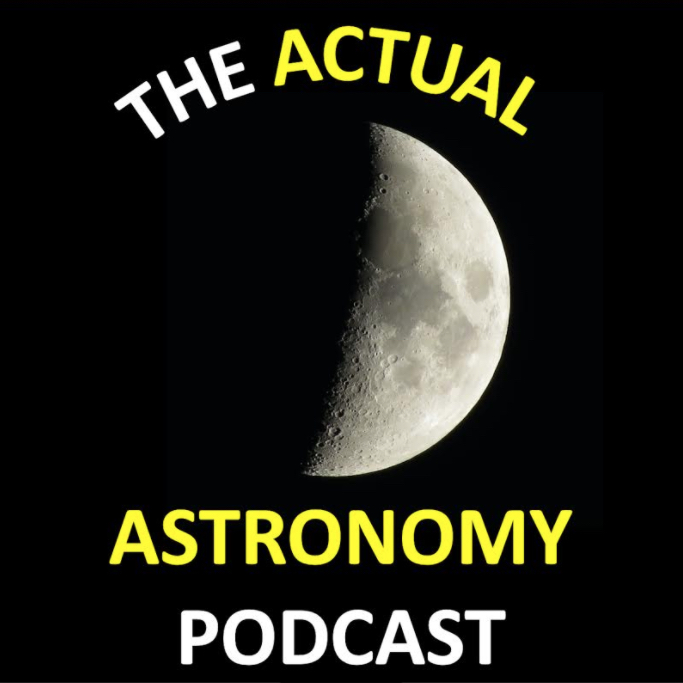April of 2025 brings us the annual Lyrid meteor shower, all the naked-eye planets, and plenty of lunar close encounters.


April of 2025 brings us the annual Lyrid meteor shower, all the naked-eye planets, and plenty of lunar close encounters.

Most planets orbit stars. That’s the rule, right? Well, maybe not. Sometimes planets just go rogue. Let’s learn about planets living free from stars.

Join us today as @ActualAstronomy talk about Moon pairing with the planets, a lunar eclipse and some deep sky objects you can see.

ebruary 2025 is a phenomenal continuation of January’s planetary-ness! You’ll get chances to see all the planets before going to bed and a conjunction of Mercury & Saturn.nd a brief but intense meteor shower shows up.

Happy New Year! Today we have @CheapAstro investigates our expanding universe, as well as some dead planets.

Today we have Cheap Astronomy tries colonising the Solar System. If we did what would we do with the different planets?


Get out under the stars in December of 2024 to see ALL THE PLANETS! Especially on Christmas night. Plus a bunch of close encounters between the Moon and those planets, and the annual Geminid meteor shower.

The formation of rocky worlds from dust particles containing ice & carbon, increasing the possibility of Milky Way filled with aquatic planets

How did Pluto get demoted? What makes a planet a planet anyway? Why do we now have so many different kinds of planets, and should we make things simpler?